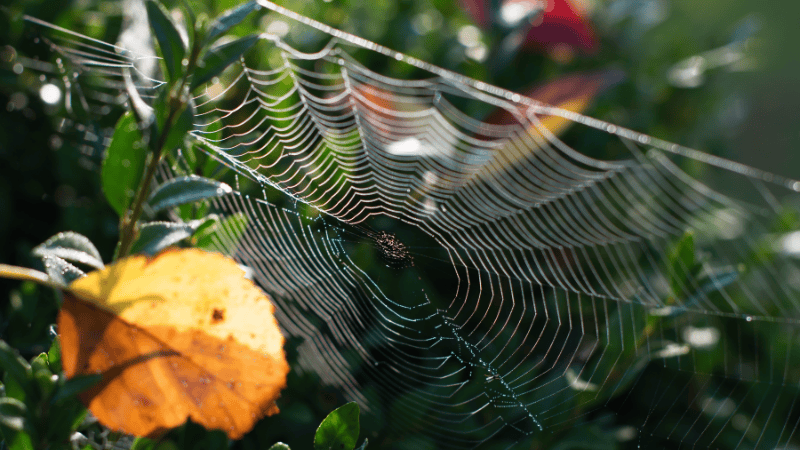The 2020 Cicadas: Should You Worry?

Just when you thought 2020 provided enough to worry about with the social unrest and global pandemic, the cicadas are due to emerge from the ground this year. Some species of cicadas emerge every 17 years, others every 13 years. This year's particular brood was conceived in 1996 and will appear heavily in areas such as Southwest Virginia, parts of North Carolina and West Virginia.Thankfully this grouping of cicadas will not impact our environment in the New England area, but it is such a unique phenomenon that it is worth examining deeper.

What Are Cicadas?
Cicadas are described by LiveScience as, oval-shaped, winged insects that produce a very audible buzzing and clicking sound.Cicadas vary in size, and color but most are between three-quarters of an inch to two inches long. They are generally black, brown, or green in coloring with red, yellow, or blue eyes. The wings of these species are almost transparent with a rainbow hue that is unique.Most cicadas live in the eastern portion of the United States. They tend to have a long life span especially the cyclical cicadas which come out every 13 or 17 years.

Should New Englanders Be Concerned?
When the cicadas do emerge in synchronized fashion, they will come out numbering in the millions. They will travel as far north as New Jersey, Southern New York, and the southernmost portion of Connecticut. Most of the rest of New England will not be impacted by these insects.While not harmful to humans, cicadas can be a problem for two specific reasons: noise and the mess they make. All cicadas make quite the noise when they click and buzz in unison. The noise can be a nuisance but the mess they make can be even worse. When these insects emerge from the ground they nest in trees and bushes. Male cicadas tend to do little damage to the trees and plants they land in. Female cicadas, however, often cut into small twigs to lay their eggs under bark. Large trees will survive this natural pruning without a problem, but trees smaller than 4 feet tall can die from the damage.In addition to the stress that the cicadas can put on trees and bushes, they also leave shedded skin that leaves a rather large mess after the mating and nesting process is complete.This phenomenon is fascinating to watch during the cyclical appearance of the insects. The nearly 1.5 million cicadas per acre will be sure to cause quite the racket and mess. Once they have emerged, they will thankfully be gone within a few weeks time until the next cycle begins.



